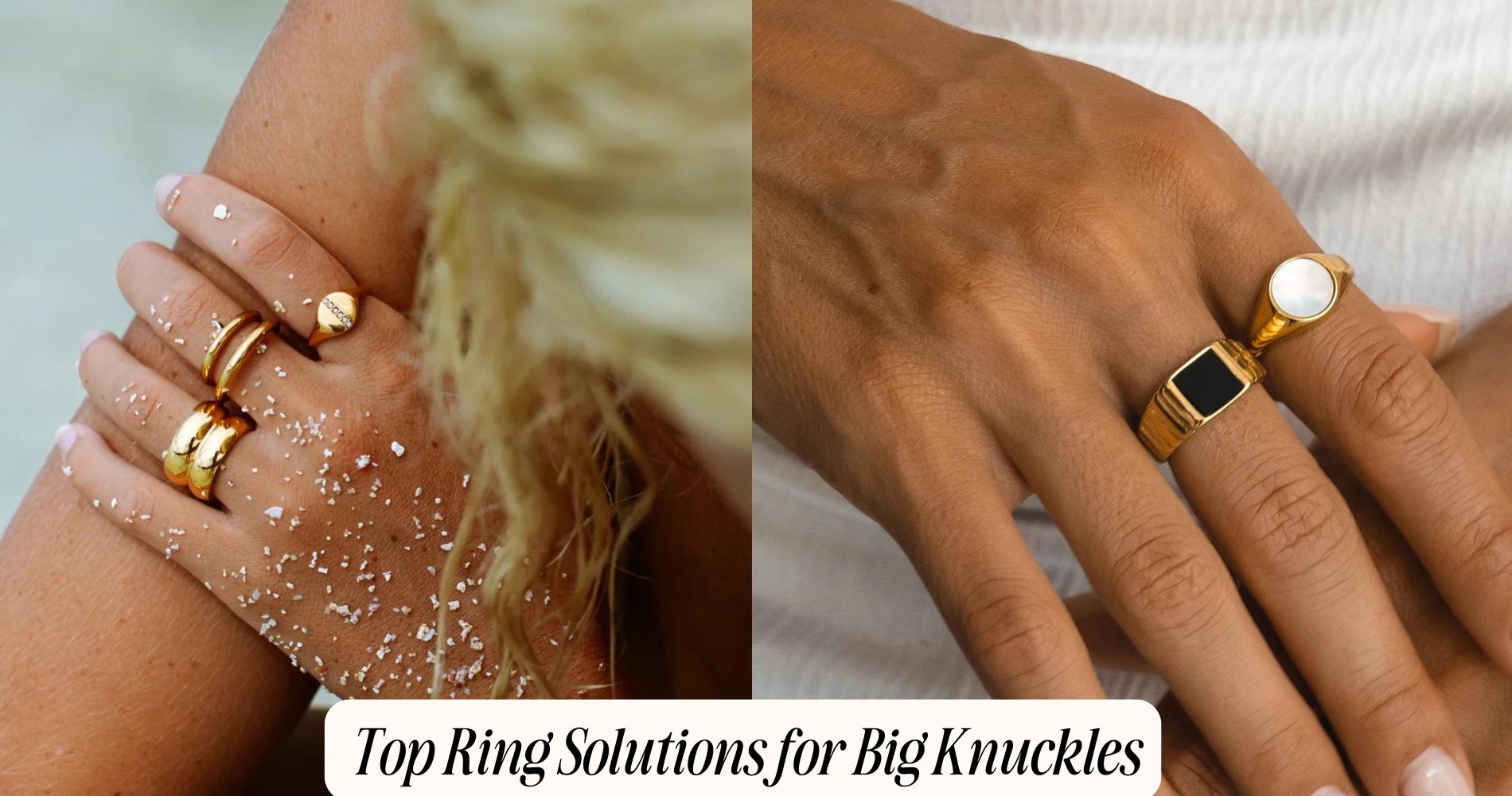
Gold-Plating Jewelry Thickness: What Makes a Quality Piece?
When it comes to gold plating jewelry, the thickness of the gold layer plays a crucial role in determining its overall quality. Ideally, pieces should feature at least 2.5 microns of gold to ensure lasting durability and luster. Thicker gold layers not only enhance resistance to wear and corrosion but also help your jewelry maintain its beauty over time. Meticulous craftsmanship, demonstrated through well-set stones and smooth edges, further distinguishes a quality piece. Understanding these factors is vital for making an informed purchase, and there's a wealth of valuable information available to help refine your selection process. For those interested in resilient options, explore our Waterproof Jewelry collection for pieces designed to withstand the elements while maintaining their elegance.
Understanding Gold-Plating Thickness
When it comes to gold-plating thickness, understanding the nuances is crucial for making informed jewelry purchases. Gold-plated jewelry is created through a plating process that deposits a thin layer of gold onto a base metal. The thickness of this gold layer can greatly influence the piece's durability and overall quality.
Typically, gold plating is measured in microns, with common thicknesses ranging from 0.5 to 5 microns. A higher gold content in this layer means better corrosion resistance and a longer-lasting finish. For example, a piece with 3 microns of gold plating offers more durability than one with only 0.5 microns.
It's also essential to take into account the base metal used in the plating process. Common choices like brass or stainless steel can affect how well the gold adheres and how it wears over time.
When shopping for gold-plated jewelry, always ask about these specifications. By knowing the gold content and thickness, you can better assess whether a piece is worth the investment and will stand the test of time.
Prioritizing quality in your jewelry purchases guarantees you'll enjoy your pieces for years to come.
Factors Affecting Jewelry Quality
Although you may focus primarily on the aesthetic appeal of jewelry, several key factors greatly influence its overall quality. One essential element is craftsmanship techniques. High-quality jewelry often showcases skilled artisans who use precise methods to create intricate designs. Techniques such as hand-setting stones, soldering, and polishing considerably affect the durability and appearance of the piece.
You should look for signs of meticulous workmanship, as this can indicate a greater level of care and attention.
Another critical factor is material selection. The choice of metals, gemstones, and other materials directly impacts the jewelry's longevity and value. For instance, using high-karat gold or sterling silver enhances the piece's resistance to tarnishing and wear.
When evaluating jewelry, consider whether the materials are ethically sourced and of high grade, as this often correlates with quality.
Benefits of Thicker Gold-Plating
A thicker layer of gold-plating markedly enhances the durability and longevity of jewelry. When you invest in pieces with more substantial gold-plating, you're effectively gaining significant durability advantages. This thickness guarantees that the underlying metal is better protected from scratches, tarnishing, and wear over time.
As a result, your jewelry can withstand the rigors of daily wear without losing its luster or structural integrity.
In addition to enhanced durability, thicker gold-plating also contributes to the aesthetic appeal of your jewelry. A more substantial layer of gold often means a richer color and more luxurious finish. This not only elevates the overall look of the piece but also makes it visually indistinguishable from solid gold in many cases.
Moreover, with increased thickness, you'll find that the jewelry retains its beauty for a more extended period, allowing you to showcase it without concern for premature fading.
Ultimately, by choosing jewelry with thicker gold-plating, you're not just investing in a beautiful accessory; you're also guaranteeing that it stands the test of time, both in durability and visual appeal.
How to Identify Quality Pieces
To identify quality gold-plated jewelry, start by examining the thickness of the gold layer. A thicker layer, typically at least 2.5 microns, indicates better quality, as it enhances durability and prevents tarnishing.
Pay attention to the design aesthetics as well. Quality jewelry should exhibit meticulous craftsmanship, with smooth edges and a consistent finish. Check for any signs of uneven plating or discoloration, as these are indicators of inferior quality.
Additionally, look for hallmark stamps that signify authenticity and adherence to industry standards. These marks can provide insights into the manufacturer's reputation and the jewelry's overall quality.
Lastly, feel the weight of the piece. Quality gold-plated jewelry tends to be heavier than its cheaper counterparts due to the superior metal composition and thicker gold layer.
Care Tips for Gold-Plated Jewelry
After identifying quality gold-plated jewelry, it's crucial to implement proper care to maintain its luster and longevity.
Start with effective cleaning methods. Use a soft, lint-free cloth to gently wipe your jewelry after each wear. If needed, mix mild soap with warm water and use a soft toothbrush to clean intricate areas. Avoid abrasive cleaners or harsh chemicals, as they can damage the gold layer.
When it comes to storage solutions, keep your gold-plated jewelry in a cool, dry place. Store pieces separately in a soft pouch or a lined jewelry box to prevent scratching and tangling. If you're traveling, consider using a travel case with compartments to keep pieces organized and safe.
Be mindful of exposing your jewelry to moisture, cosmetics, or perfumes, as these can tarnish the gold finish over time. Additionally, remove your jewelry before swimming or exercising to minimize wear and tear.
Frequently Asked Questions
Can Gold-Plated Jewelry Be Resized or Altered?
You can resize gold-plated jewelry, but resizing challenges arise from gold plating techniques. Alterations may weaken the plating, risking wear or damage. Always consult a professional to guarantee the integrity of your piece remains intact.
Is Gold-Plating Hypoallergenic for Sensitive Skin?
Gold plating materials can vary, and while some pieces are hypoallergenic, others may cause skin irritation. Always check for nickel or other allergens in the plating to guarantee it's safe for your sensitive skin.
Conclusion
In summary, understanding gold-plating thickness is essential for selecting quality jewelry. Thicker gold-plating not only enhances durability but also maintains the piece's luster over time. By considering factors like the base metal and craftsmanship, you can make informed choices. When shopping, look for reputable brands and inspect for signs of quality. With proper care, your gold-plated jewelry can remain beautiful and resistant to wear. Invest wisely, and enjoy your pieces for years to come.
























Leave a comment
This site is protected by hCaptcha and the hCaptcha Privacy Policy and Terms of Service apply.